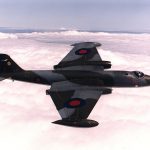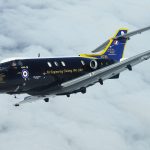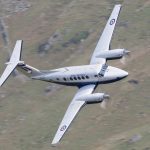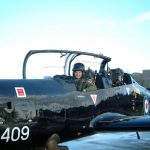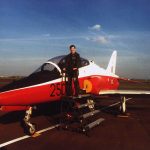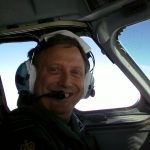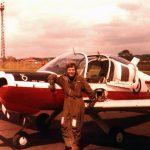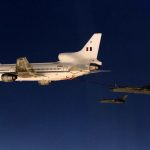The current GPS status may be viewed by studying the latest NANUs (Notice Advisory to Navstar Users) at the following link:
If SBAS is to be used, then RAIM is not required for GNSS operations, which includes RNP approaches. However, if SBAS becomes unavailable during the flight, then RAIM must be available for an RNP approach. It is therefore prudent to make a RAIM prediction before flight to be aware if RAIM would be available should SBAS become unavailable. Whilst a RAIM check may be performed in the aircraft, the result is only valid for +/- 15 minutes. However, use of the following link to the Eurocontrol RAIM prediction website will provide a RAIM prediction that will be valid for multiple locations for 72 hours from the current day at 00:00 hrs UTC. It is therefore strongly recommended that the result is printed for inclusion in the pre-flight briefing.
Be aware of the following required settings. The parameters highlighted in red should be selected:
Algorithm: – Whilst navigation data will be available if a minimum of 4 GPS satellites are visible, one additional satellite signal is required to allow Fault Detection (FD) analysis; this is all that is required to safely use GNSS for RNP approaches. However, Fault Detection and Exclusion (FDE) technology requires one further satellite (six in total) to provide automatic redundancy should one satellite fail. If FDE is selected, the algorithm will check for the presence of 6 GPS satellites, and this is required by the G1000 when SBAS is unavailable.
Selective Availability: – Since Selective Availability has been withdrawn, the default “SA Off” setting should be used. This option is necessary for legacy GPS systems or in the [unlikely] event that Selective Availability is ever reactivated.
Barometric Aiding: – If this option is set to “On”, the algorithm will assume that the aircraft altimetry system can be used to assist with the position fix and report that RAIM will be available with only 3 GPS satellites being visible. However, the Seneca V altimetry system is not suitable for Barometric Aiding, so the default “Off” setting must be used.
Mask Angle: – The Mask Angle is the angle between the horizon and the satellite. On the ground, the Mask Angle might be quite high due to masking by buildings, but in the air, the positioning of the antenna on the aircraft usually allows satellites to be seen when quite to the horizon. For the Seneca V, the default 5° angle of may be used.
Integrity Level: – If the G1000 is to be used for RNP approaches, the default “APPROACH (RNP 0.3)” setting should be used.

